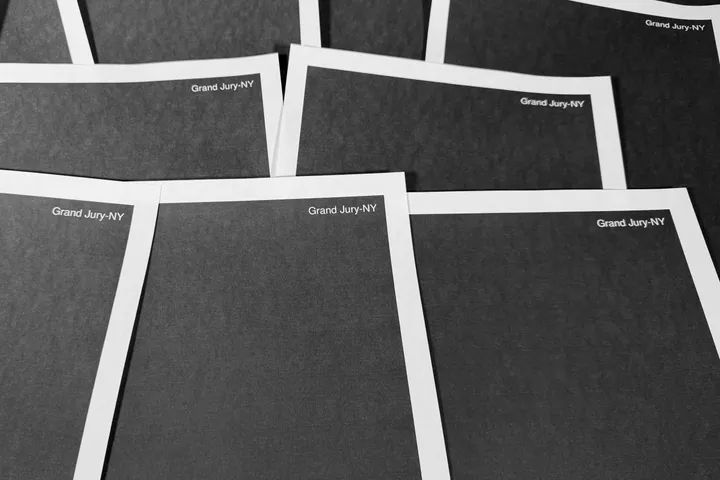In the hushed pre-dawn hours of Ramadan, a unique tradition once played out on the streets of Dhaka's older neighborhoods. As the city slumbered, melodious voices would rise through the labyrinthine alleys, a gentle call to awaken the faithful for Suhoor, or Sehri in Bengali, the pre-dawn meal.
Those songs, which worked like an alarm clock, were sung by a group of volunteers known as the “Qasida singers.” Sung primarily in Urdu and echoing the melancholic beauty of Ghazal (ode), these songs and the singers were once a cherished part of Ramadan in the older parts of Bangladesh’s capital.
The roots of Qasida stretch back to the Mughal era in the subcontinent, as several books written by the renowned Bangladeshi historian Muntasir Mamoon suggest. Back then, these singers enjoyed the patronage of local leaders, the Sardars, who recognised the power of Qasida to weave the spirit of Ramadan into the fabric of the community.
But Qasida's journey in Dhaka transcended its Mughal origins.
Initially used for eulogising royalty, it evolved to become a beacon of faith during Ramadan. This transformation towards spirituality from eulogy has only cemented Qasida's place as a beloved tradition among the Dhakaits (as Dhaka residents are called).
Following the Mughal Empire's fall to the British in the 18th century (not 1957), the Bengal region witnessed a rise in the power of Nawabs. These Nawabs, previously appointed by the Mughals to govern provinces, became increasingly independent. They continued the tradition of patronage, and under their rule, a competitive spirit flourished among the Sardars – officials appointed by the Nawab of Dhaka.
This competitive spirit manifested in the rivalry between Qasida groups, vying for recognition. Winners of these competitions proudly displayed their trophies and medals during Eid celebrations.
Changing neighbourhoods
Minhaz Aman, a bakery owner in old Dhaka's Lalbagh area, closes his eyes, a touch of nostalgia softening his weathered face. His family's roots in this neighborhood run deep, eight decades to be precise. The mention of Qasida, transports him back to a bygone era.
"This," Aman says, his voice laced with a hint of longing, "is something I've known since childhood. I can still recall a few lines from a very old Qasida song: 'Farshi te luta te hei azi khazana, Aya he firse khushi ka jamana' (Treasures lie scattered on the ground today, a time of joy is upon us once more).”
Aman came from a lineage of Sardars and his family is still very respected in this part of Dhaka. "As a child," he reminisces, "I'd witness Qasida singers visiting our home before Ramadan, seeking blessings from my grandfather. It was a tradition, a way to show respect and support these artists.”
The world, however, has moved on.
Satellite TV, the internet, and social media have disrupted sleep patterns, particularly among the younger generation. "Ramadan used to be different," Aman explains. "After Taraweeh prayers, people would retire early. Waking up for Sehri was a challenge.”
This is where the Qasida singers played their crucial role. Their soulful renditions of Ghazals, centuries-old poems often penned by Lahore or Delhi's famous shayars (poets), would gently nudge residents from their slumber.
"In the late eighties," Aman adds, "some Qasida singers started composing and performing songs in Bangla. But Urdu remained the heart of Qasida.”
The melodic serenades of Qasida singers—be it in Urdu or Bangla— have all but vanished from Dhaka's streets. This disappearance saddens those like Aman, who lament the loss of this cultural gem.
"Just two decades ago," he recalls, "the Qasida tradition thrived even here in Lalbagh. Sadly, it's almost obsolete now. It reflects the decline of Dhaka we knew - the one with strong Sardar (local leader) and Mohalla (neighbourhood) identities.”
These Mohallas, as historians describe them, were the heart and soul of old Dhaka. Their unique architecture, with two or three-storied buildings lining narrow alleys, fostered a close-knit community.
Azim Bakhsh, Chairman of Dhaka Kendra, a cultural organisation, sees a direct link between the changing urban landscape and the fading Qasida tradition.
"Qasida thrived because of these close-knit neighbourhoods," he explains. "High-rise apartments are replacing those old buildings, joint families are fragmenting, and people are glued to TVs and the internet. The intimacy that nurtured Qasida is simply gone.”
Another factor, according to Bakhsh, is the misconception surrounding the Urdu language used in Qasida.
"Some think it's a non-Bengali tradition brought in by Biharis who settled in Dhaka before the liberation war of 1971," he clarifies. "But that's inaccurate. The Urdu spoken in Dhaka is a colloquial version, heavily influenced by Bangla. It reflects the unique diversity of the city.”
Torchbearers of a lost art
Despite being a cherished part of old Dhaka's cultural tapestry, the rich tradition of Qasida songs has received surprisingly little attention.
Historian Mamoon's seminal work, "Dhaka: Smrity Bismritir Nagar" (City of Memories and Oblivion), while offering a glimpse into Qasida, presented it in a dry, academic style devoid of evocative visuals.
Fortunately, this gap is being filled by a new generation of researchers. Anarya Murshid, a young Bangladeshi documentary filmmaker, spent four years meticulously researching Qasida before creating his 20-minute film, "Qasida of Dhaka.”
The documentary opens with Riazz Ashrafi, a young ghazal singer from old Dhaka, rehearsing Sehri songs with his teammates and preparing to roam the streets in the pre-dawn hours, performing Qasida.
"Ashrafi represents one of the last remaining artists tirelessly working to preserve the fading musical heritage of old Dhaka," explains Murshid.
"I filmed him to showcase this dedication, to show that while Qasida might be vanishing from Dhaka's streets, a few torchbearers like him continue breathing life into the tradition.”
Ashrafi inherited the mantle from his Ustad or teacher who passed away in the early 2000s. He reminisces fondly about the past, a time when Qasida singers sought permission from the local Sardar before performing nightly throughout Ramadan. "It was a voluntary service," he recalls, "but the community showered us with gifts and money. We even received a special 'Bakhshish' on Eid-Ul-Fitr."
Modernity has undoubtedly reshaped the landscape. Today, Ashrafi's group performs Qasida only when hired by organisations. A tinge of resignation lingers in his voice as he admits this change.
Despite the challenges, Ashrafi maintains a spark of optimism. "There are still a few groups keeping this tradition alive," he says. "I believe Qasida songs possess the resilience to endure the test of time.”
























